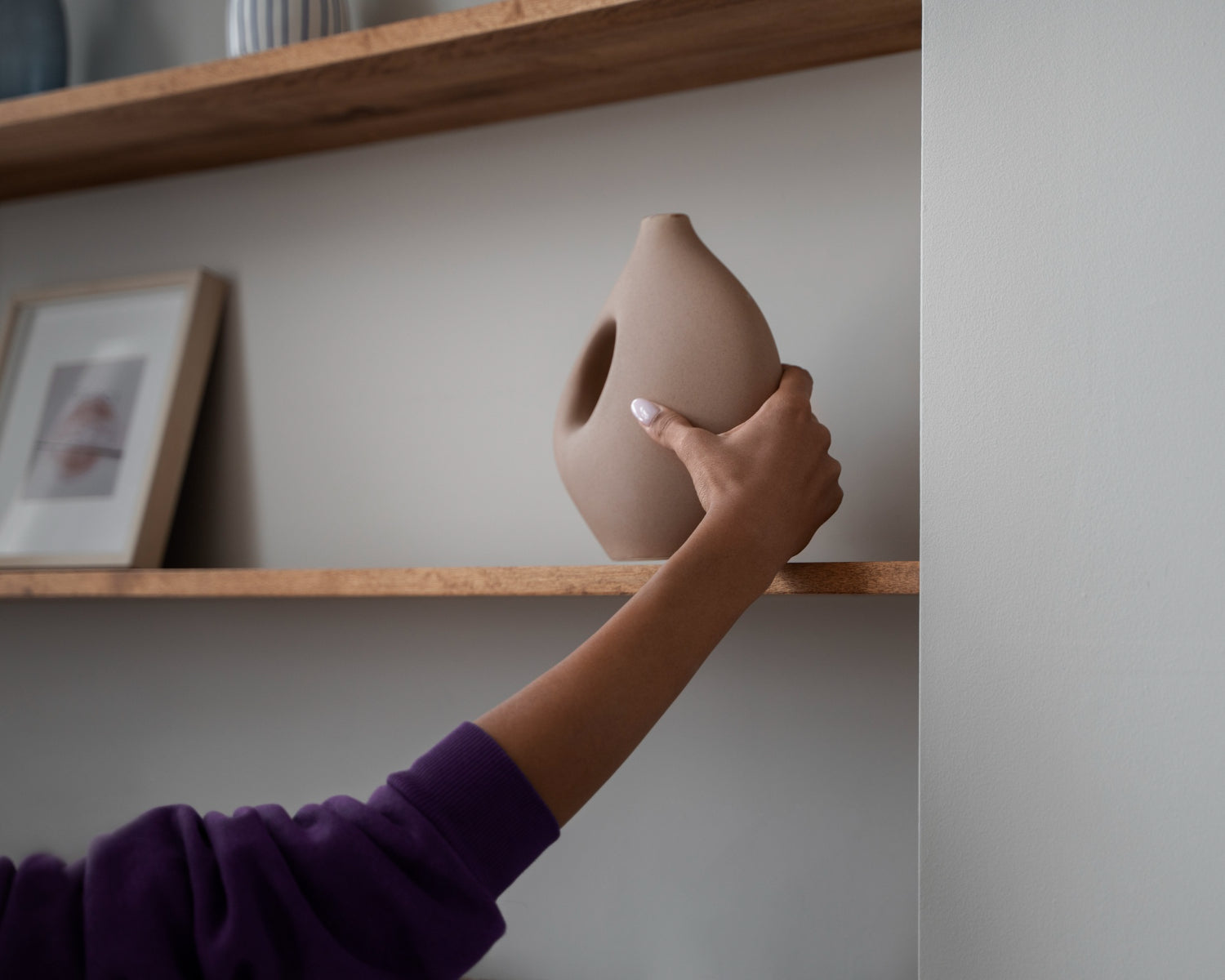Picture this: You've spent time and resources curating the perfect look for your home with custom floating shelves, only to find them drooping disappointingly after a few weeks. Sagging shelves can be frustrating, especially when they were intended to be a stylish and functional solution for displaying your prized possessions. While they provide a sleek, modern touch to any room, their unique design also makes them susceptible to problems if not properly installed and maintained.
Why does this happen, and what can you do to fix it? Let's simplify this by identifying common culprits behind sagging. From incorrect installation to using the wrong materials, various factors can cause your beautiful shelves to lose their luster. But don't worry, understanding these reasons can lead to solutions, ensuring that your shelves remain a trusted home feature.
Identifying Common Causes of Sagging Shelves
Custom floating shelves are great for both aesthetics and functionality, but they can sometimes suffer from a little droop. Let's take a look at some usual suspects behind this pesky problem.
Incorrect Mounting Techniques:
- Sometimes, floating shelves aren't mounted securely. If the hardware holding them up isn’t installed correctly, the shelves might bow under pressure.
Overloading the Shelves:
- While these shelves can hold a good amount of weight, asking them to bear too much can lead to sagging. Think of them like a strong friend—a little overloading will eventually wear them out.
Using Low-Quality Materials:
- The quality of the shelf material plays a significant role. Lower-grade woods or poorly constructed brackets may lead to early sagging.
These issues might seem daunting, but knowing what causes them is the first step toward solving them. By recognizing these common mistakes, we can take steps to remedy them and prevent future issues. As we move on, we’ll explore how to inspect and diagnose these problems, setting you on the right path to fixing your floating shelves in no time.
Inspecting and Diagnosing Your Floating Shelves
To fix sagging shelves, you need to first understand what's wrong. Inspection is critical in diagnosing the problem effectively. Start by examining the mounting hardware. Check whether the brackets or supports are securely attached to both the wall and the shelf. Loose or improperly anchored brackets can make even the strongest shelves sag. Consider this example: if a coat hook isn't properly screwed into the wall, the same principle applies, causing it to sag when you hang a heavy coat.
Next, assess the load on the shelves. Picture trying to sit on a thin plank; it’s likely to bend. Similarly, even the best floating shelves can only support so much. Remove the items and evaluate if the weight was too heavy. Floating shelves, while charming, have limits, and understanding these is important to keep them from bending.
Finally, take a good look at the shelf material. A sturdy wood or quality composite is less likely to warp compared to a flimsy material. Feel the shelf’s surface and edges for warping or unusual softness that could indicate deterioration. By identifying the weak points, you can tailor your approach to fixing them effectively.
Solutions to Fix Sagging Floating Shelves
Once you’ve diagnosed the cause, it's time to tackle the fix. First, let's reinforce the mounting hardware. Consider upgrading to stronger brackets or using wall anchors suitable for your wall type. This reinforcement can make a significant difference in stability.
- Strengthen the existing hardware or replace it
- Use wall anchors or toggle bolts
- Upgrade to heavy-duty brackets suitable for your shelf weight
Next, think about redistributing the weight across the shelves. Rather than putting all heavy items in one spot, spread them out evenly. This not only secures your shelves but also enhances their visual appeal. Try balancing books or decorative items on opposite ends to maintain appearance and stability.
For those dealing with poor material quality, consider upgrading to a higher-quality shelf. While this might seem like a bigger project, ensuring the support and durability of the material will help maintain their sleek look and function for the long haul.
Preventative Measures for the Future
Prevention is key to keeping your custom floating shelves in perfect shape. Start with choosing robust materials that can support weight and resist warping over time. Opt for solid woods or high-quality composites designed for shelving.
Furthermore, proper installation techniques can’t be stressed enough. Following the manufacturer’s instructions or seeking professional help can make all the difference. Proper installation ensures that your shelves can hold their intended capacity without buckling under pressure.
Finally, regular maintenance and inspection are essential. Periodically checking your shelves for signs of weakness or wear can catch problems before they develop. Tighten screws and support brackets as needed. With these proactive steps, you can keep your floating shelves from sagging, ensuring they remain a beautiful addition to your space.
For more ideas on maximizing both style and stability, explore tips from interior designers on how to style your custom floating shelves. The Mortise & The Hare offers expert advice to help you maintain their elegant appeal while ensuring they remain sturdy and functional additions to your home.




Share:
How Handcrafted Wood Furniture Can Transform Your Home Decor
Why Your Floating Shelf System Needs Regular Checking